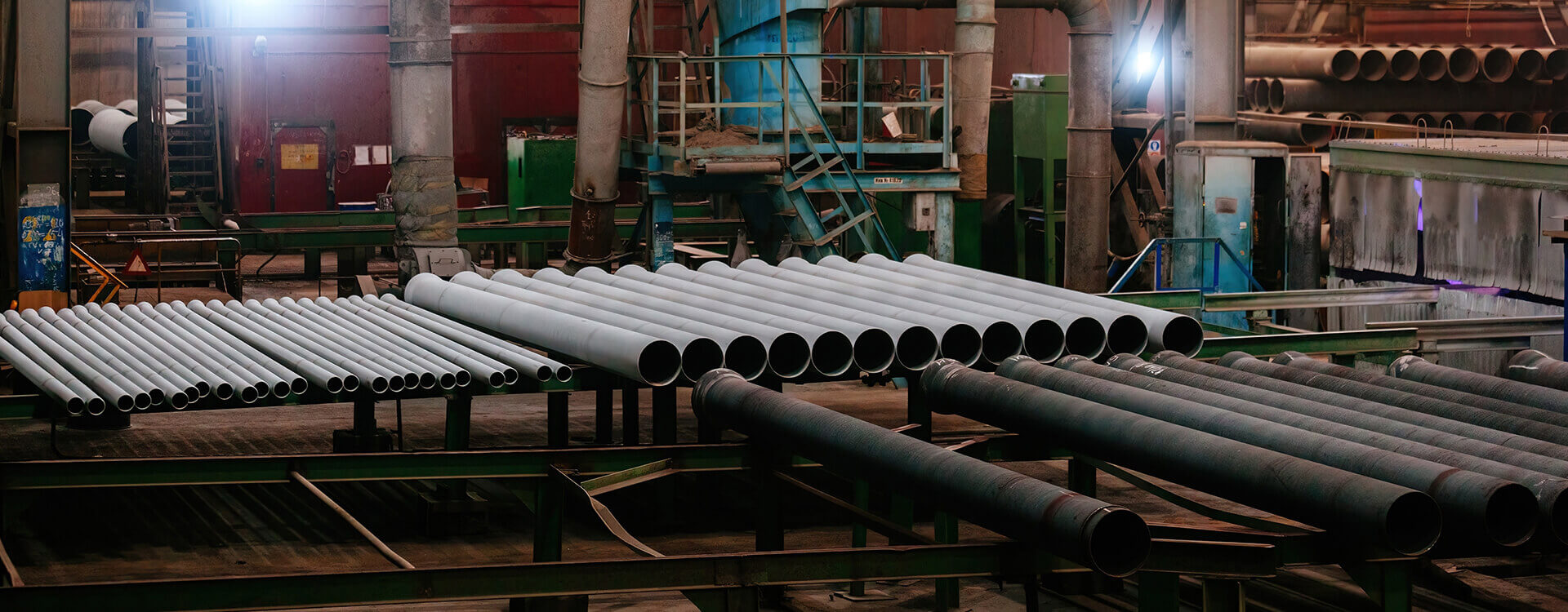

The plant manufactures SAWH pipes in diameters ranging from 8.625 inches to 120 inches, wall thicknesses ranging from 4 millimeters to 25.4 millimeters and material grades up to API 5L X-100 for oil, gas, water transmission and construction projects. The company has been gradually enhancing and upgrading its pipe production capacity to the present notional capacity of 200,000 tonnes per annum.